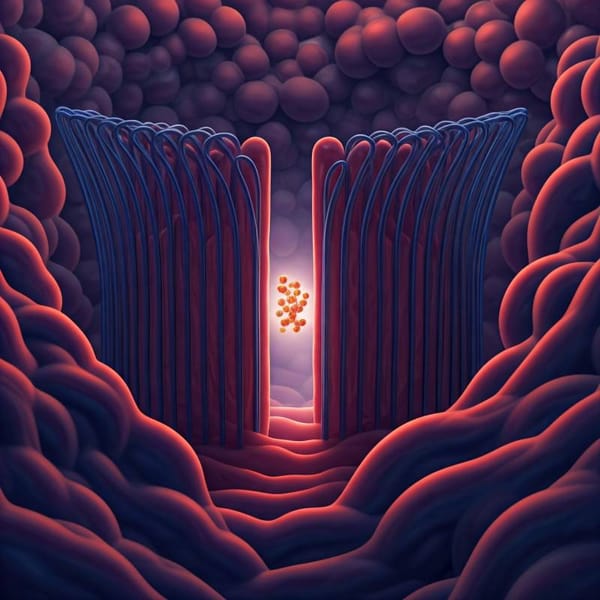Alebrijes: The Colorful and Mystical Creatures of Mexican Folk Art
Discover the magical world of alebrijes, the colorful and mystical creatures of Mexican folk art. Learn about their origins, the artists who brought them to life, and their rise in popularity. Explore the vibrant and intricate designs of these beloved creatures of Mexican culture.





